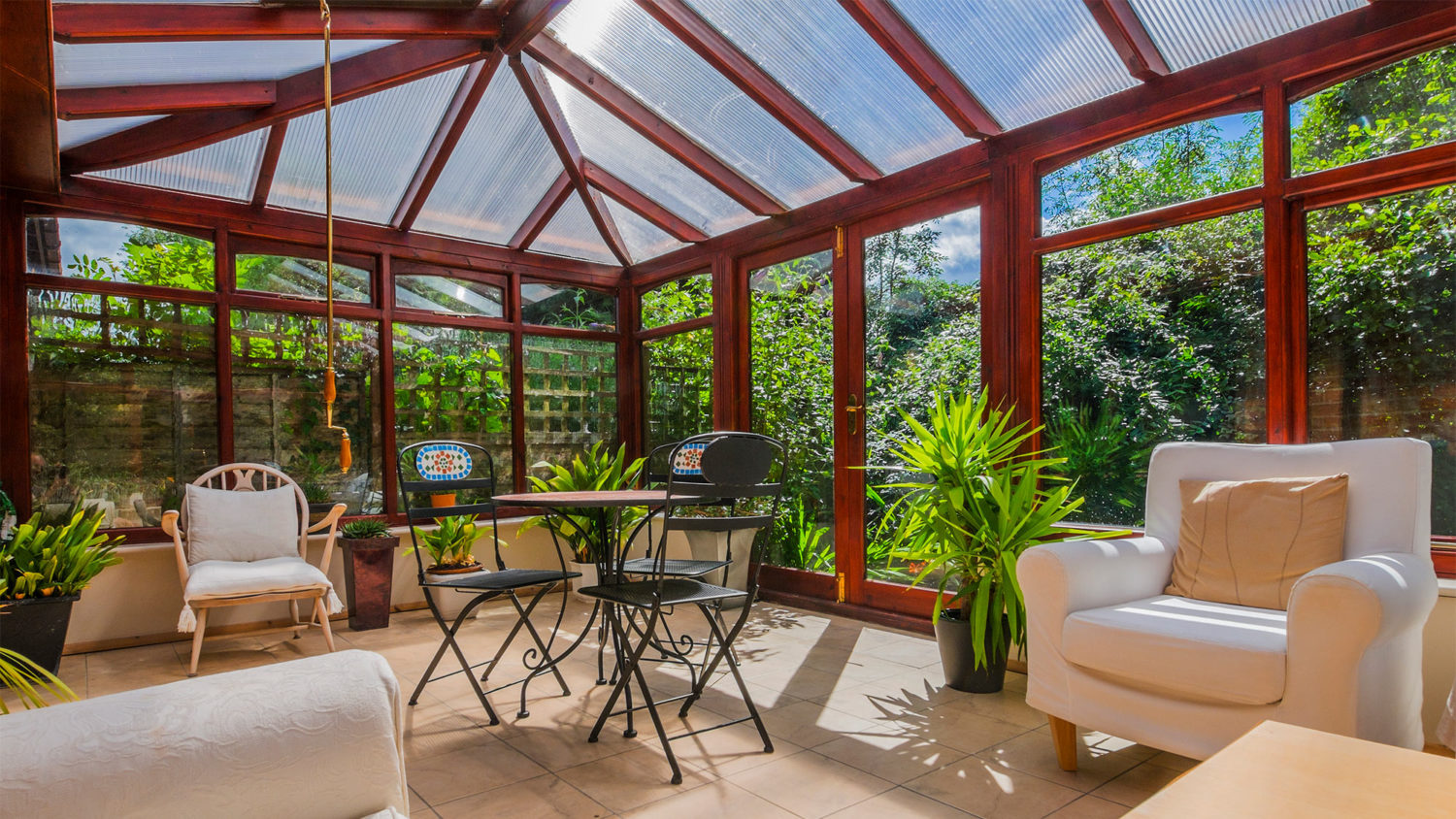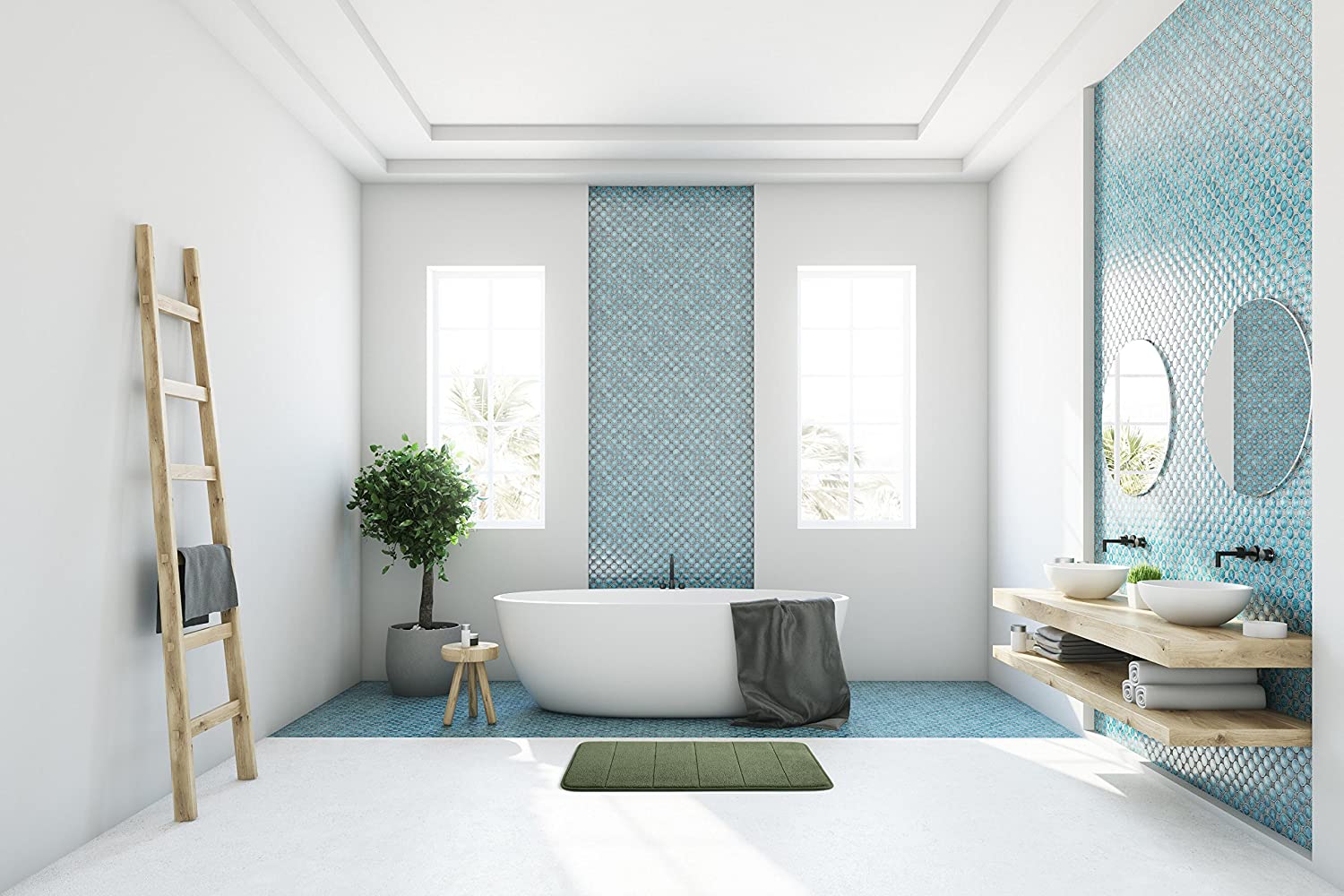A sunroom is a room that is nearly completely built up of windows. This implies that the decision you make will have a greater impact than a conventional window installation. Sunrooms are generally comparable to patios in that they are an expansion for your indoor living area, sunroom windows but they serve as a more enclosed environment. Consider the procedure as if you were purchasing larger new windows. Every component chosen has an exponential effect on the price and lifetime. We’ve compiled a list of four variables to consider when selecting sunroom windows to assist you in planning your modern sunroom.
Wobbling doors and window
Sliding windows have huge glass panes that allow us to take in the view of their garden. The windowpane on this style of sunroom window may be pushed horizontally to open it. Slider windows are available in a variety of finishes and glazing choices to match any sunroom’s accent colours. Although experiencing the outside is one of the benefits of installing a sunroom, you may want to acquire opens to reveal inaccessible areas such as the top portion of a wall. A huge pane of glass in picture windows can be opened. This style of window is made to let in more natural light into any sunroom. Casement windows have hinges built-in and are meant to swing horizontally to let fresh air into any sunroom. While window treatments are simple to operate, while they are open, they can let rain into one’s sunroom. Awning windows have hinges towards the top that keep the rain out of the living area while permitting heated air to escape.
Material & Images
There are a variety of frame and material options to pick from, with its own set of benefits and drawbacks. For sunrooms, windows and doors are a common, inexpensive, and rot-resistant alternative. Fiberglass is another low-maintenance choice to explore. Sunrooms with frames, such as wood, fiberglass, or aluminum, sunroom windows are a lovely alternative. Most frames don’t need to be painted and come in a larger range of textures.



